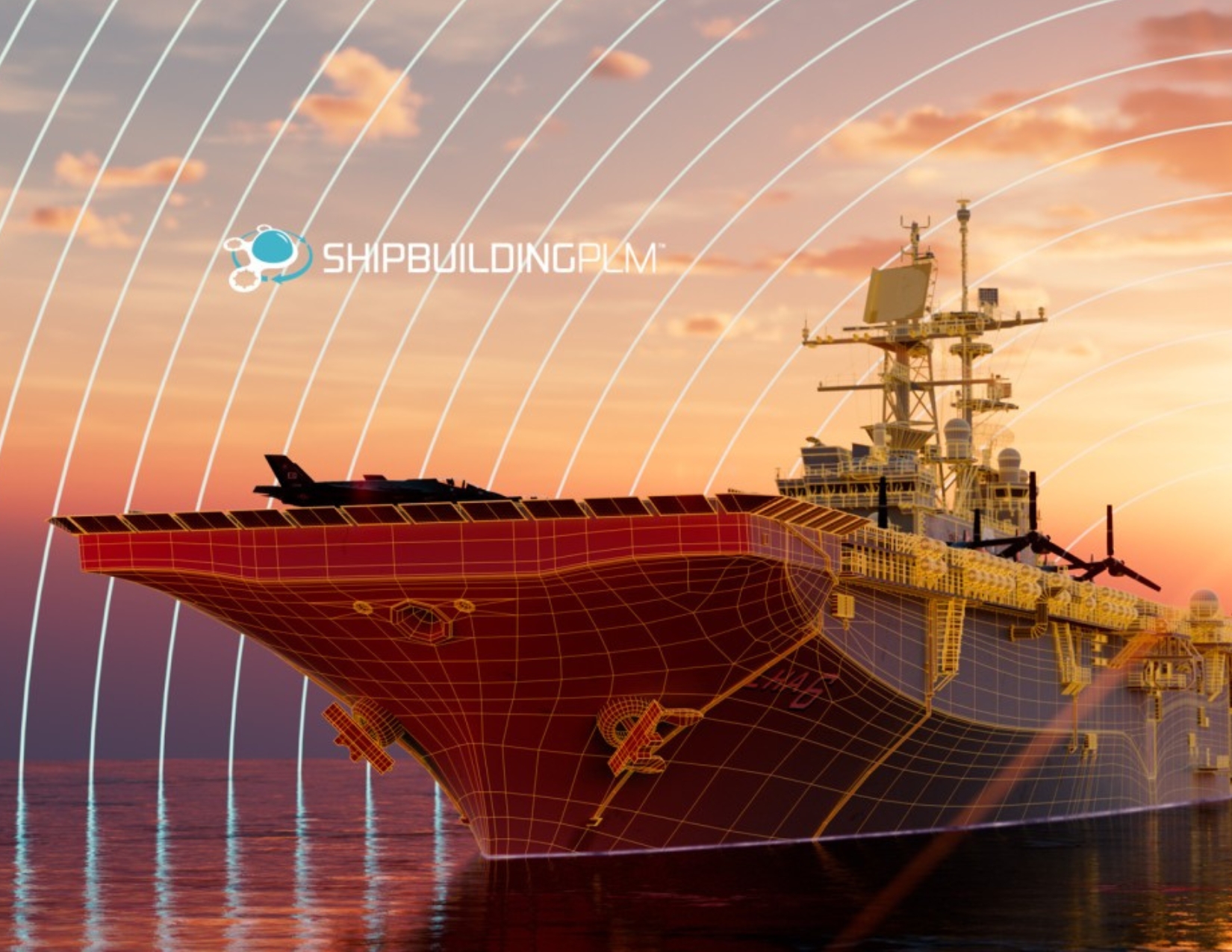 We recently had the opportunity to speak with Denis Morais and Greg Goulanian from SSI. SSI offers specialized solutions for the design, engineering, construction, and maintenance of shipbuilding projects. We’ve known SSI for years and realized that their strategy had shifted so felt it was time for an update.
We recently had the opportunity to speak with Denis Morais and Greg Goulanian from SSI. SSI offers specialized solutions for the design, engineering, construction, and maintenance of shipbuilding projects. We’ve known SSI for years and realized that their strategy had shifted so felt it was time for an update.
Who Are They?
SSI focuses exclusively on the shipbuilding industry, with over 30 years of experience that has given them deep expertise in this highly specialized domain. Their two flagship offerings are:
- ShipConstructor – A CAD platform for the design, engineering, and construction of ships and offshore projects.
- ShipbuildingPLM – A lifecycle platform tailored to managing the complexities of the shipbuilding process, from concept to end-of-life.
How Are They Different?
Purpose-Built for Shipbuilding
SSI’s technology is designed specifically around how ships are engineered and built. Their data models, workflows, and terminology reflect the language and logic of shipbuilding, with native support for concepts like hulls, outfitting, and vessel configurations. Even within the same class of ship, design and manufacturing vary based on the shipyard, and SSI accounts for that. Their platform supports the design, construction, and maintenance of multiple hulls in a series, production planning, change and configuration management, and digital ship handover.

Fast Implementation / Time-to-Value
SSI says that their standardized implementation approach enables them to bring full shipbuilding PLM environments online in as little as 1.5 to 2 months. They say most projects go live within 2 to 6 months, even in complex defense environments. Their ability to import data and documents from legacy systems helps even smaller or repair-focused yards move quickly.
Expertise-Led Configuration
Every SSI implementation is led by people who know shipbuilding inside and out. This deep domain knowledge allows their team to deliver faster, more relevant, and lower-effort deployments for shipbuilding. All clients start with the same foundational data model, with customization happening at the workflow level, such as change approvals or configuration management. The result is a solution that fits naturally with how shipyards operate, without relying on heavy custom coding or large consultant teams.
Strong Technical Foundation
SSI’s PLM platform is powered by Aras, but extensively tailored to shipbuilding. They’ve built in custom data models that span requirements, work breakdown structures (WBS), MBSE, and shipbuilding-specific change and configuration management workflows, which they report enables a unified model that supports full traceability and engineering, planning, and production team collaboration. They’ve extended the platform to manage functional design, ship-specific WBS models, and Navy-specific requirements around approvals and lifecycle documentation.
Open Architecture
SSI has a fully open data model with complete API access. This openness allows shipbuilders to integrate SSI’s tools with external solutions, ERP, MRP, MES, CFD software, training tools, or visualization platforms like Canvas GFX.

How Do They Help?
SSI helps their customers solve a wide variety of challenges:
Planning and Scheduling
SSI helps coordinate across the many partners involved in a ship build. From design agencies, contractors, or the shipyard itself, their shared platform facilitates schedule alignment and better decision-making, especially projects with complex workflows such as Navy-focused projects.
Early BOM Access and Long-Lead Purchasing
Shipyards often need to make early material purchases, like steel or piping, well before the full design is finalized. SSI enables the creation of preliminary BOMs to support those decisions, helping procurement teams act with more confidence and reducing the risks that come with long-lead items in evolving designs.
Cross-Partner Collaboration
SSI provides a common platform that enables real-time collaboration between all players in the shipbuilding ecosystem. Engineers, subcontractors, and manufacturers all work from the same source of truth, providing needed transparency as the design evolves.
Change Management and Compliance
SSI’s platform supports the specific requirements of defense programs, including Navy-specific approval workflows (such as for penetrations, the openings or holes cut into structural elements, such as bulkheads, decks, or hull sections) with full lifecycle traceability to support a digital thread. This traceability supports change management and compliance processes across one or multiple hulls.
Clash Detection and Model Integration
SSI enables simultaneous modeling of structure and outfitting, allowing yards to run clash detection early to catch potential problems in a digital environment, helping to avoid rework later on.

Our Take
Tech-Clarity’s research, published in Reducing Engineering Time Wasters in Shipbuilding, finds that 87% of companies developing complex products, such as ships, say lost engineering productivity comes at a significant business cost due to missed deadlines (reported by 63%), inability to stay on budget (44%), less innovation (38%), higher costs (38%), and poor quality (25%). In fact, 59% report that time wasted on non-value-added work is the top thing that slows engineers down.
Our research has found that those who have adopted PLM/PDM find it helps reduce much of this non-value-added work. Those working on complex products like ships report that PLM helps them in these ways:

We believe there’s a lot of opportunity for improvement in shipbuilding and these results show how a PLM solution could enable those improvements.
For an industry like shipbuilding, the specialized needs and high levels of complexity mean implementation industry expertise is essential. SSI’s ability to deliver fast, under-budget projects without heavy onsite support is a testament to how well their platform fits the unique needs of modern shipyards. We’re also watching with interest as SSI moves beyond engineering to support broader yard-wide objectives, and as they expand internationally.
Thanks again to Denis Morais and Greg Goulanian for the informative conversation.

